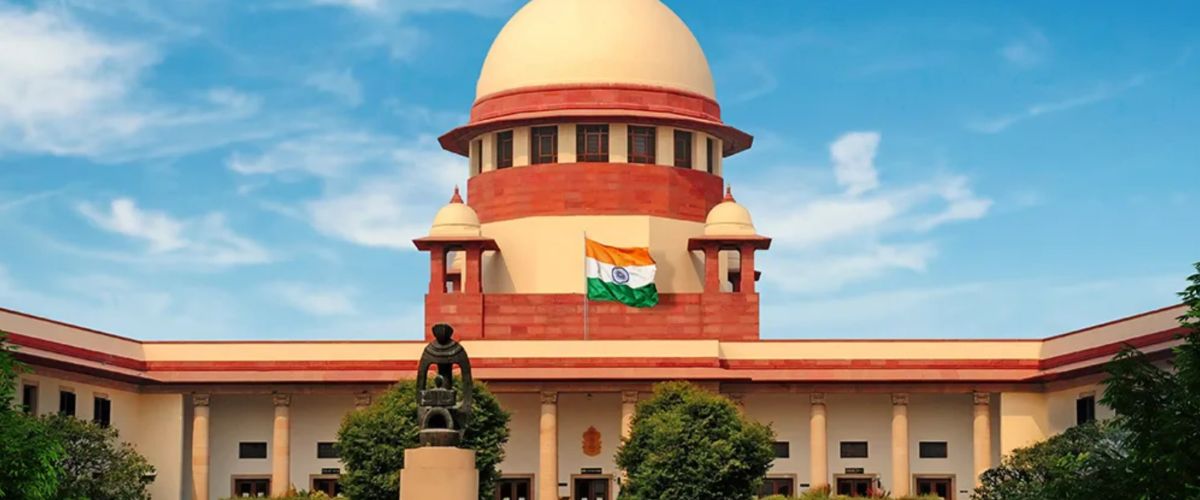


In a recent decision that highlights a positive collaboration between financial institutions and the government, the National Company Law Appellate Tribunal (NCLAT) has allowed the withdrawal of Corporate Insolvency Resolution Process (CIRP) proceedings against SE TransStadia Pvt. Ltd., a sports infrastructure company.
This development comes after the lead lender, Bank of Baroda, and other financial creditors collectively agreed to a revival plan that is backed by the Government of Gujarat.
Let’s explore the full details of this important development and what it means for corporate debt resolution in India.
The Corporate Insolvency Resolution Process (CIRP) is a legal framework under the Insolvency and Bankruptcy Code (IBC), 2016, that provides a time-bound process for resolving insolvency in companies.
When a company fails to repay its debt, creditors (financial or operational) can initiate CIRP, which may eventually lead to either:
A resolution plan approved by creditors
Or liquidation of the company
However, there is also a provision for withdrawing a CIRP application under Section 12A of the IBC, if the committee of creditors (CoC) approves it by a 90% majority and the National Company Law Tribunal (NCLT)/NCLAT allows it.
SE TransStadia Pvt. Ltd., known for its sports infrastructure and management projects, was facing insolvency proceedings. The lead lender, Bank of Baroda, had filed a petition under the IBC to initiate CIRP due to defaults in repayment.
However, during the course of proceedings, the Government of Gujarat stepped in with a revival and restructuring plan. The proposal received positive response and approval from the financial creditors, including Bank of Baroda.
In a major relief for SE TransStadia, the NCLAT Principal Bench allowed the withdrawal of CIRP on the grounds that:
The majority of lenders had agreed to the withdrawal
The plan had government support, showing long-term viability
It aligned with the principles of value maximization and revival of the business
The case was brought to NCLAT via two appeals filed by Udit Harish Seth, and the tribunal ultimately ruled in favor of the withdrawal.
The Government of Gujarat's active participation played a pivotal role. The plan focused on:
Financial restructuring
Operational efficiency
Long-term revival of the company
Such public-private coordination reflects a growing intent to save viable businesses, especially those contributing to key sectors like sports and infrastructure.
Bank of Baroda, being the lead lender, facilitated consensus among the other creditors. Their acceptance shows that a well-structured government-supported plan can instill confidence even in cautious financial institutions.
This decision has broader implications for India’s insolvency and restructuring ecosystem:
Encourages Alternative Resolution:
Shows that not all insolvency matters must lead to liquidation.
Withdrawal with a viable revival plan is a better option in some cases.
Government's Role in Saving Businesses:
State support in rescuing stressed but viable companies shows a proactive governance model.
Flexibility Under IBC:
The Insolvency Code allows creditors to reconsider and revise their decisions based on new developments.
Always evaluate the long-term viability of revival plans.
Withdrawing CIRP may save a business and recover more value than liquidation.
If you’re facing insolvency, actively engage with lenders and government.
A transparent restructuring plan can lead to favorable outcomes.
This case can be a model for rescuing companies in crucial sectors via PPP (public-private partnership).
Yes, under Section 12A of the IBC, insolvency proceedings can be withdrawn with 90% CoC approval and NCLT/NCLAT permission.
It’s a financial and operational restructuring proposal supported or sponsored by a government body to revive a struggling company.
It is a sports infrastructure and management company known for its involvement in major stadium and sports projects.
Because the creditors agreed to a government-backed revival plan that offered better value than insolvency.
The NCLAT’s decision to allow withdrawal of CIRP against SE TransStadia shows that collaboration between creditors, companies, and the government can yield positive results even in challenging financial situations. It also underlines the flexibility and responsiveness of India’s insolvency laws in enabling business revival.
This case could serve as a precedent for similar restructuring efforts in the future, especially where government intervention can steer a company back to stability and growth.
Have questions about tax filing or financial compliance? Share your thoughts, and let our experts guide you with accurate and reliable advice.
Try it Risk Free we Don’t Charge Cancellation Fees.


Post By : CA Madhur
Jul 24, 2025